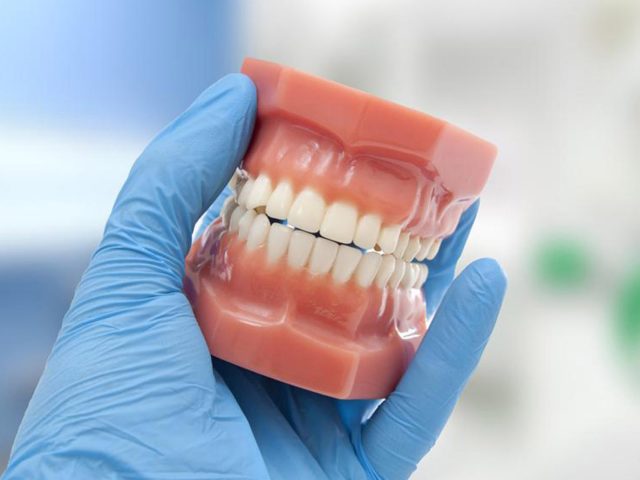

Orthodontics
Orthodontic applications usually help to eliminate problems such as crooked teeth and incompatible jaws. It is a branch developed to ensure the straight alignment of the teeth and to align the colliding teeth in order. It also prevents crooked teeth from eroding the gums and causing bleeding. It is very important to determine the tooth structure and dental problems before the treatment are applied. Most problems with the jaw structure run in families and are inherited.
While most orthodontic treatments are applied, we give start by prioritizing the age of the person. In people of developmental age, if the lower or upper jaw is behind, it is treated with orthodontic methods.
The jaw structure becomes v-shaped due to the incorrect implementation of some functions. An example of these functions is mouth breathing instead of nose breathing. Apart from this, the jaw structure can deteriorate with the wrong applications made as a baby. Examples of these applications are the use of pacifiers, nail-biting, and the excessive use of feeding bottles in infants. Therefore, the jaw structure may deteriorate. In addition, if the upper jaw is narrow, it can be treated with the use of appliances.
What Does Orthodontic Treatment Include?
Orthodontic treatment is mostly used in jaw mismatches. If the jaw structure is large and the teeth remain small compared to the jaw structure, gaps may occur between the teeth. In addition, if the length of the tongue is longer than normal it can cause the opening of the teeth. The treatment of such problems is only achieved by orthodontics.
If we think another way round when the jaw structure is small and the teeth are big, then the teeth grow outside the jaw and distortion occurs in the tooth structure. As it is known, deciduous teeth fall out at a certain time. With the fall of the deciduous tooth before time, the cavity is filled by other teeth. Therefore, tooth displacement may occur. What’s more, some teeth may not erupt and stay under the palate and keep growing.
How Are Orthodontic Problems Treated?
Orthodontic treatment can be applied to all age groups. The duration of treatment and treatment planning vary according to the structure of the teeth and jaw, and according to the average age. In addition, while our clinic applies this treatment, it also performs procedures that provide an aesthetic appearance. In this way, both dental and jaw disorders are eliminated, and an aesthetic tooth appearance is created.








